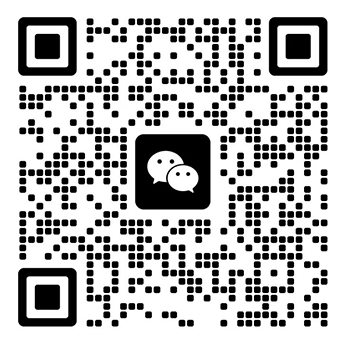AB型梳齒機(jī)用法:1. 調(diào)試前注意檢查與加工有關(guān)的部位:如刀桿,刀具凸臺(tái),芯軸,工裝的定位端面跳動(dòng)是否符合加工要求,工件的配合間隙是否合理。具體要求:
Usage of AB type comb teeth machine: 1 Before debugging, pay attention to checking the parts related to machining, such as the tool holder, tool boss, core shaft, and whether the positioning end face runout of the fixture meets the machining requirements, and whether the fit clearance of the workpiece is reasonable. Specific requirements:
(1)夾具端面跳動(dòng)0.006~0.013之間(根據(jù)端面大小);
(1) The end face of the fixture fluctuates between 0.006~0.013 (depending on the size of the end face);
(2)心軸徑向跳動(dòng)小于0.01,上下頂尖錐面跳動(dòng)小于0.01; 3) 滾刀刀桿端面和徑向跳動(dòng)小于0.01,滾刀軸臺(tái)徑向跳動(dòng)小于0.01;
(2) The radial runout of the spindle is less than 0.01, and the runout of the top and bottom cone surfaces is less than 0.01; 3) The end face and radial runout of the rolling cutter stem are less than 0.01, and the radial runout of the rolling cutter shaft table is less than 0.01;
2. 刀架與刀軸交角是否安加工產(chǎn)品需要±λ角到位(同向相減,異向相加,如右旋工件右旋刀具角度相減,否則相加)
2. Is the angle between the tool holder and the tool axis correct? The processed product requires a ± λ angle to be in place (subtracting in the same direction and adding in the opposite direction, such as subtracting the angle between the right-handed workpiece and the right-handed tool, otherwise adding)
3.按產(chǎn)品參數(shù)計(jì)算好分齒掛輪,差動(dòng)掛輪和走刀掛輪并正確裝好鎖緊。
3. Calculate the gear coupling wheel, differential coupling wheel, and tool feed coupling wheel according to the product parameters and correctly install and lock them.
4. 開(kāi)機(jī)前再次檢查好滾刀,工件是否壓緊鎖好,滾刀是否處于安全位置。
4. Before starting up, check the rolling cutter again to ensure that the workpiece is tightly pressed and locked, and that the rolling cutter is in a safe position.
5. 開(kāi)機(jī)后注意將滾刀軸向(上下)初始進(jìn)刀(安全)位置擋塊鎖緊。
5. After starting up, pay attention to locking the axial (up and down) initial feed (safety) position stopper of the rolling cutter.
6. 手動(dòng)徑向進(jìn)刀,待滾刀接觸到工件外徑時(shí)(允許吃刀0.1以便于觀察),此時(shí)位置為有效進(jìn)刀位置起點(diǎn),在此基礎(chǔ)上按以下公式進(jìn)行初次進(jìn)刀試切:當(dāng)α=(17.5 ~22.5)時(shí)進(jìn)刀量為:L=Mn×2,待一個(gè)加工行程完成后,測(cè)量齒厚(公法線(xiàn)),與要求差的差值ΔSn×1.5為加工進(jìn)刀量,直至加工到合格齒厚,這時(shí)刀具位置為最后的加工位置。鏈輪的進(jìn)刀量按齒全深減1mm直接進(jìn)刀試切,待加工位置能進(jìn)行齒根檢測(cè)時(shí),進(jìn)行檢測(cè)后再進(jìn)刀檢測(cè)直至最后確定尺寸。
6. Manual radial feed, when the rolling cutter contacts the outer diameter of the workpiece (allowing for a cutting of 0.1 for easy observation), this position is the starting point of the effective feed position. Based on this, perform the initial feed trial cutting according to the following formula: when α=(17.5~22.5), the feed amount is L=Mn × 2. After one machining stroke is completed, measure the tooth thickness (common normal line), and the difference Δ Sn × 1.5 from the required difference is the machining feed amount until the qualified tooth thickness is machined. At this time, the tool position is the final machining position. The feed amount of the sprocket is reduced by 1mm according to the full depth of the teeth, and the feed is directly tested for cutting. When the machining position can be checked for tooth root, the feed is checked again until the final size is determined.
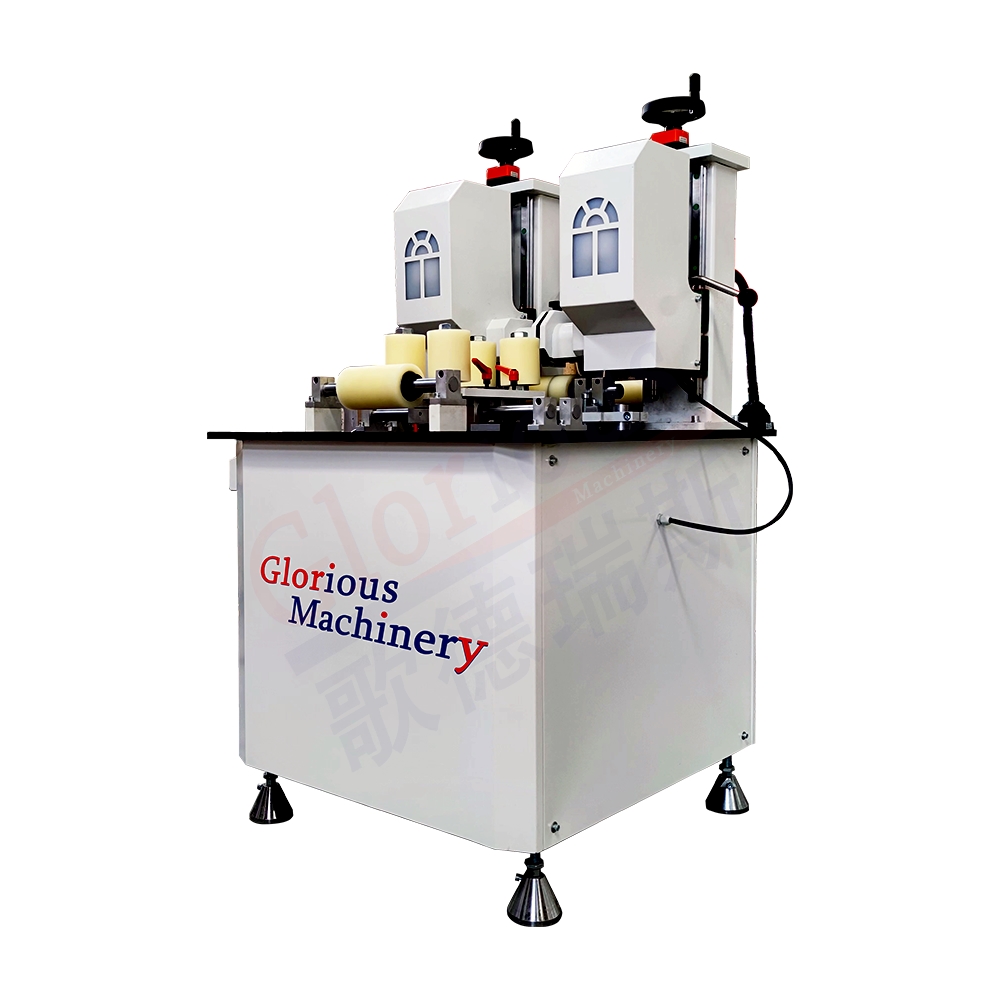
7. 固定好刀架加工行程擋塊(行程開(kāi)關(guān))位置上,進(jìn)行循環(huán)加工。
7. Fix the position of the tool holder processing stroke stop (stroke switch) and perform cyclic processing.
8. 滾刀的使用:滾刀邊齒齒形是不完整的,所以在加工時(shí)不允許使用的,剛開(kāi)始加工時(shí),滾刀應(yīng)從除開(kāi)邊齒的第一個(gè)齒開(kāi)始,逐漸往另一端移動(dòng),直至到另一個(gè)邊齒前。產(chǎn)品齒面出現(xiàn)啃刀,拉傷時(shí)這時(shí)就應(yīng)該及時(shí)移刀,以免造成嚴(yán)重批量不合格產(chǎn)品。
8. Use of rolling cutters: The tooth profile of the rolling cutter is incomplete, so it is not allowed to be used during machining. At the beginning of machining, the rolling cutter should start from the first tooth after removing the edge tooth and gradually move towards the other end until it reaches the front of the other edge tooth. When the tooth surface of the product is bitten or pulled, the knife should be moved in a timely manner to avoid serious batch of unqualified products.
AB型梳齒機(jī)是將一些短小或剩余塊狀木料兩端進(jìn)行梳齒的機(jī)械,后期梳過(guò)齒的木料可通過(guò)接木機(jī)連接,實(shí)現(xiàn)廢料二次利用的目的,現(xiàn)有的梳齒機(jī)一般為單頭梳齒,一端梳齒后需要手動(dòng)翻動(dòng)至另一端進(jìn)行梳齒,費(fèi)時(shí)費(fèi)力,降低工作效率。且一些梳齒機(jī)無(wú)自帶涂膠功能,需人工對(duì)梳齒部分進(jìn)行涂抹,易涂抹不均勻,影響后期粘接效果。
AB type comb tooth machine is a mechanical device that combs short or leftover block shaped wood at both ends. The wood that has been combed in the later stage can be connected by a wood connecting machine to achieve the purpose of secondary utilization of waste materials. Existing comb tooth machines generally have single head comb teeth, and one end of the comb teeth needs to be manually flipped to the other end for comb teeth, which is time-consuming and labor-intensive, and reduces work efficiency. And some comb tooth machines do not have built-in glue application function, requiring manual application of the comb teeth, which can result in uneven application and affect the later bonding effect.
本文由AB面雙頭開(kāi)齒機(jī)友情奉獻(xiàn).更多有關(guān)的知識(shí)請(qǐng)點(diǎn)擊:http://www.wjfdc.com我們將會(huì)對(duì)您提出的疑問(wèn)進(jìn)行詳細(xì)的解答,歡迎您登錄網(wǎng)站留言.
This article is a friendly contribution from AB surface double head gear opening machine For more information, please click: http://www.wjfdc.com We will provide detailed answers to your questions. You are welcome to log in to our website and leave a message
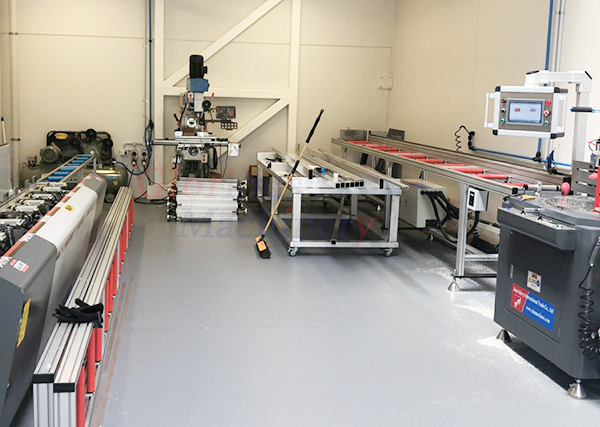
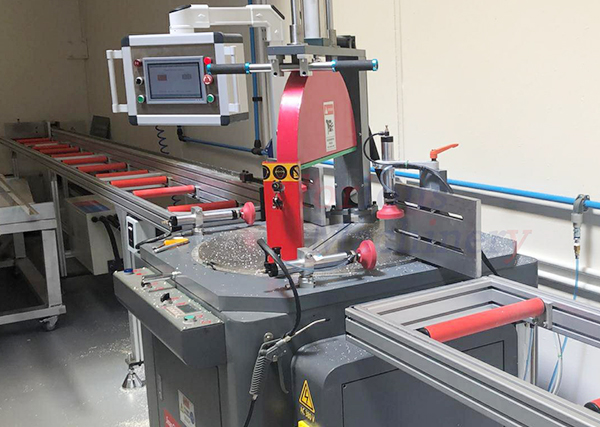
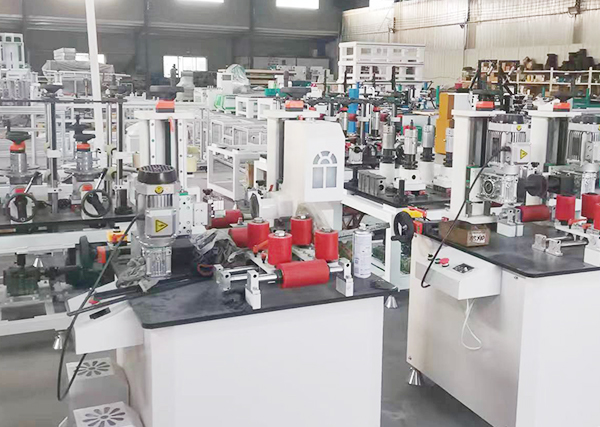


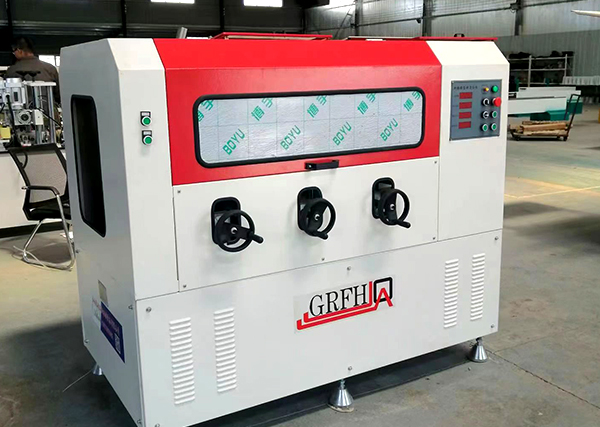
 您當(dāng)前所在位置:
您當(dāng)前所在位置: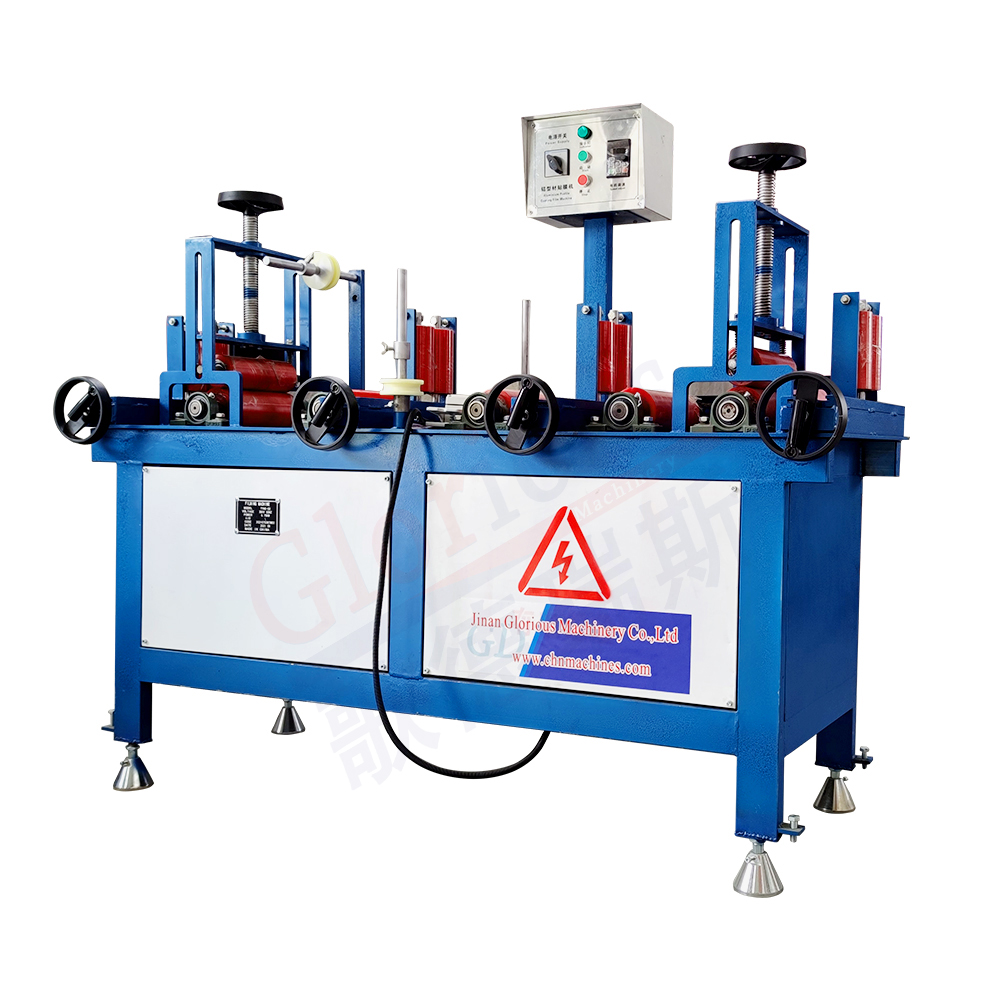
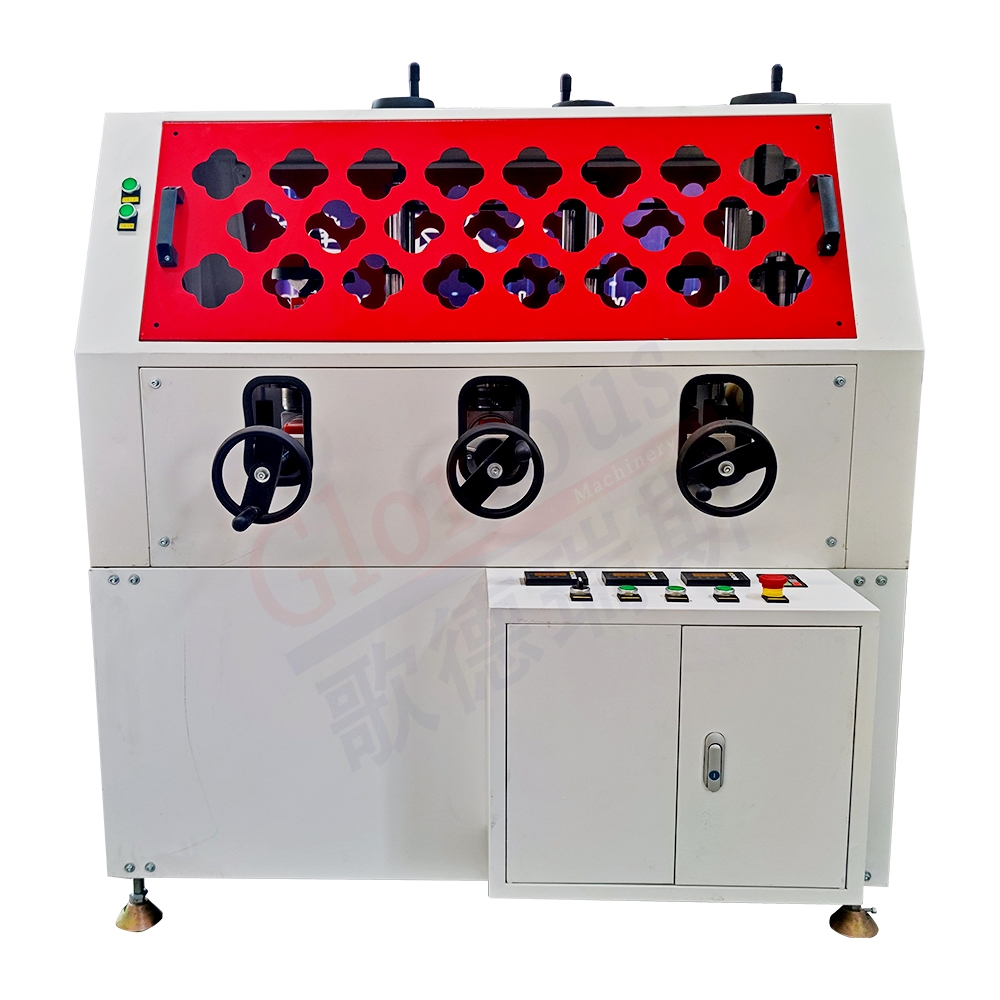
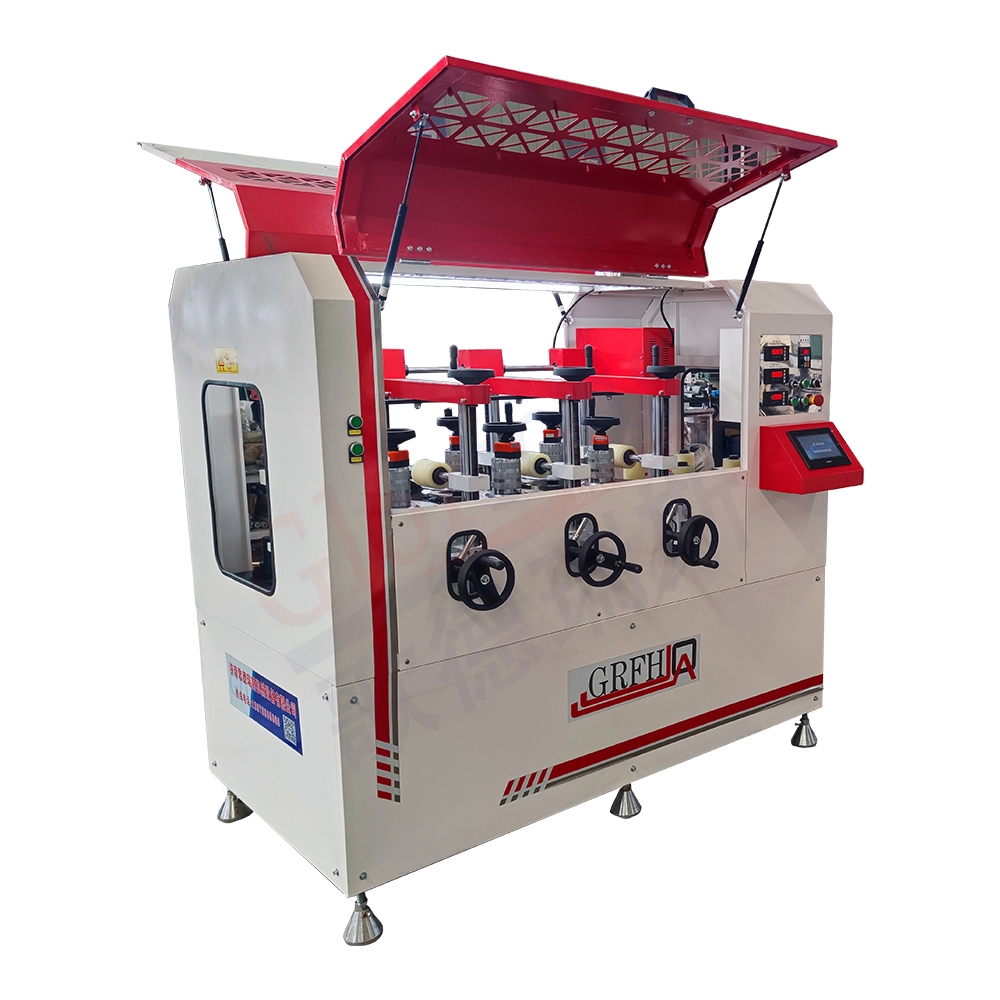
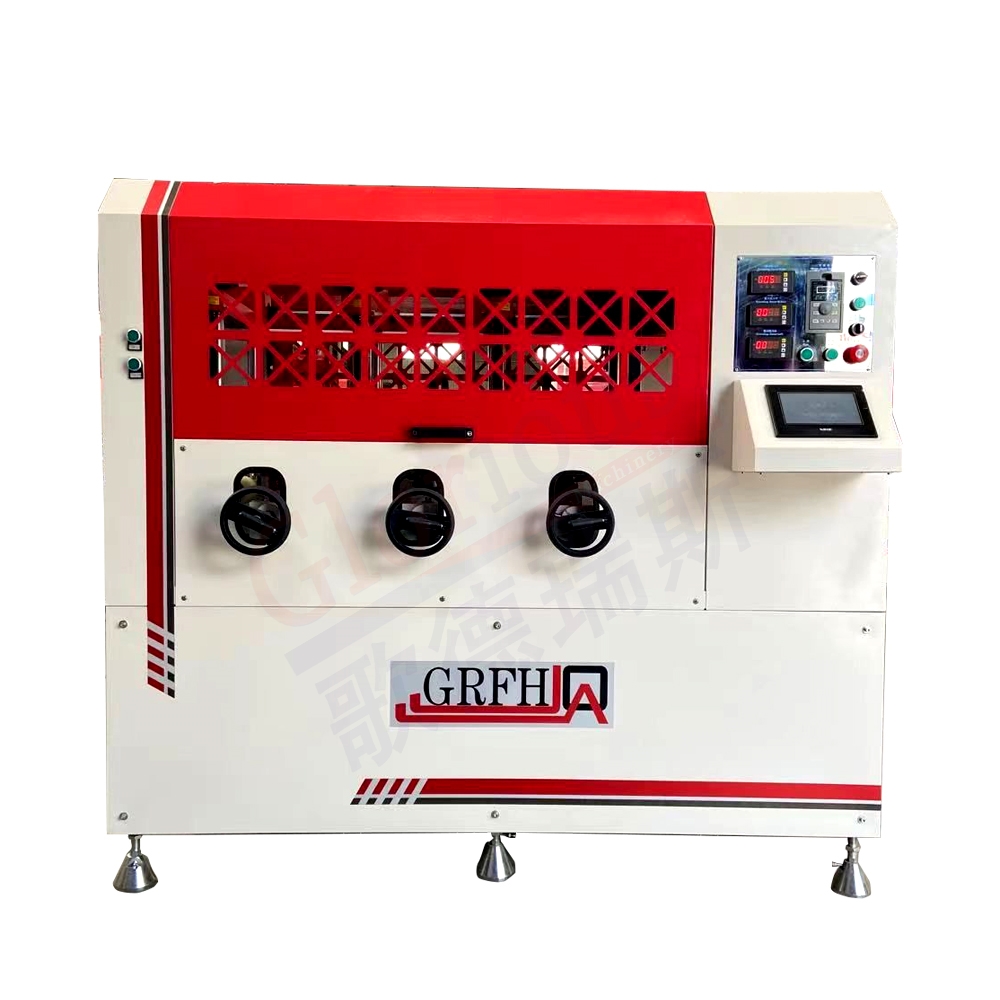
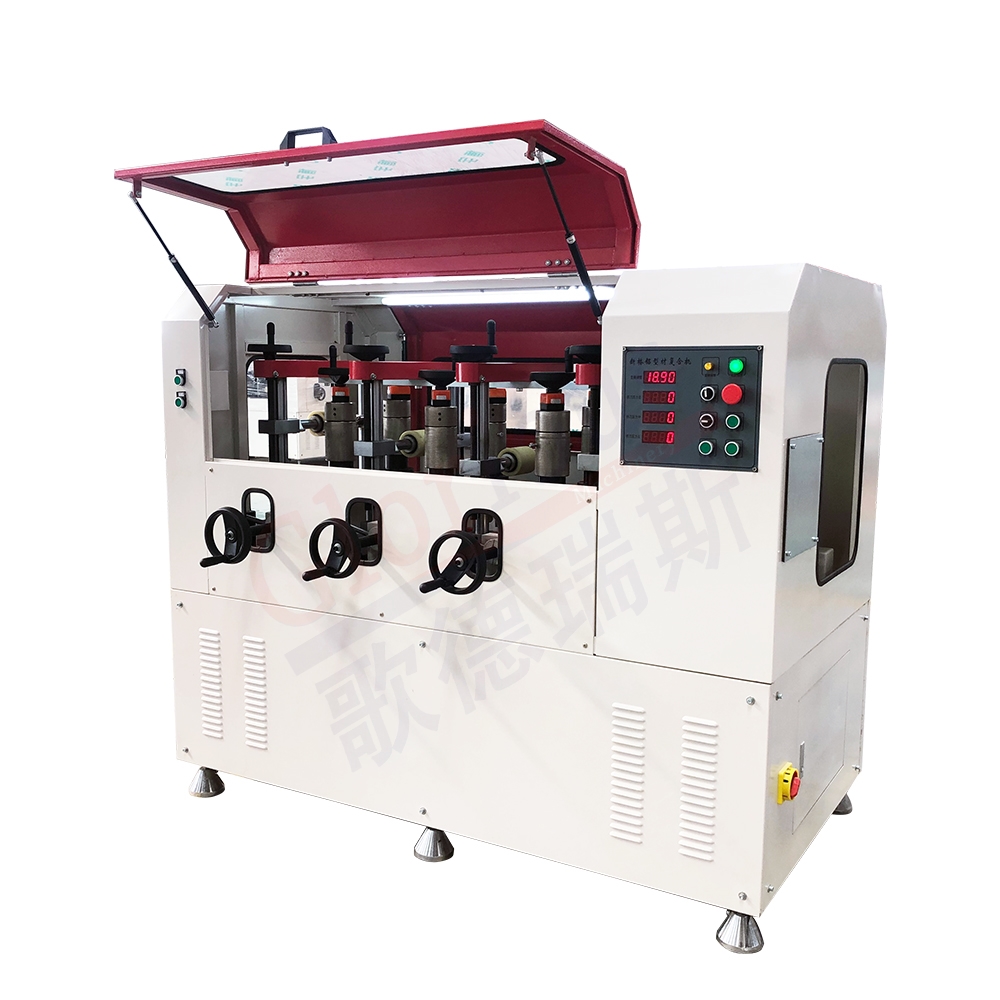


 TEL:18678805065
TEL:18678805065 ADD:山東省濟(jì)南市市中區(qū)經(jīng)十西路6288-2號(hào)
ADD:山東省濟(jì)南市市中區(qū)經(jīng)十西路6288-2號(hào) 濟(jì)南歌德瑞斯機(jī)械設(shè)備有限公司
濟(jì)南歌德瑞斯機(jī)械設(shè)備有限公司 備案號(hào):
備案號(hào):

 技術(shù)支持:
技術(shù)支持: